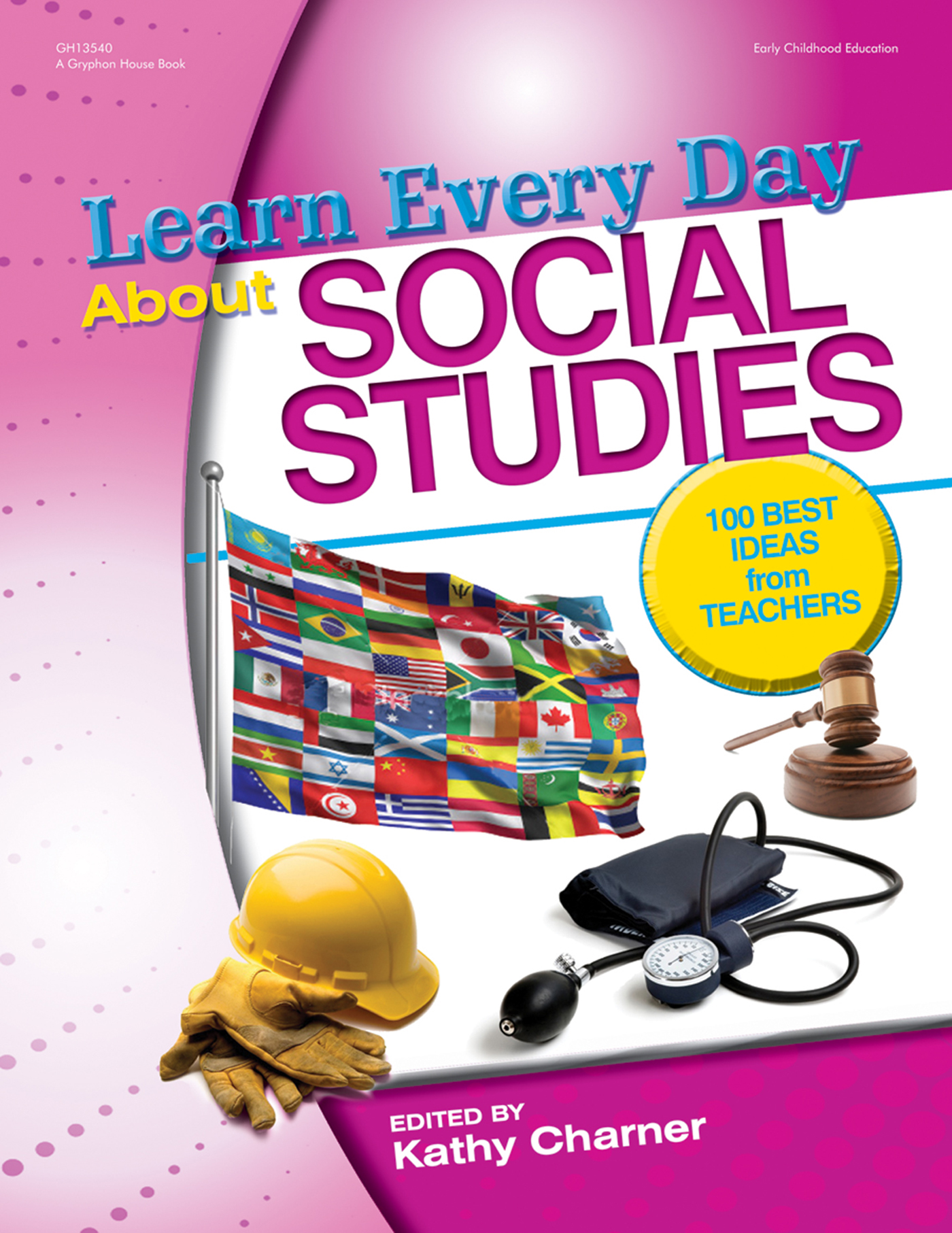Materials
- photos of towns and cities
- blocks
- various types of boxes
- lunch bags
- clean milk and juice cartons
- paper
- markers
- construction paper
- child-safe scissors
- tape
- string
- yarn
- glue
Preparation
Clear an area in the classroom where this project can sit for several days while the children complete it.
What To Do
1. Show the children pictures of towns and cities. Talk with the children about the various characteristics of each.
2. Tell the children they will be working together to create a model town in the classroom.
3. Show the children the materials, and invite them to explore ways to build buildings, homes, stores, and so on.
4. Consider helping the children build a basic plan for their town before proceeding.
5. As the children create buildings, help the children label them. Talk with the children about which buildings should go where, and listen as the children discuss and work through layout issues.
Assessment
To assess the children's learning, consider the following:
- Can the children build individual buildings out of the materials?
- Are the children able to work together?
- If the children are working from a plan, how closely do they follow it?
-Sandie Nagel, White Lake, MI
Instructions
l Trace maple leaf shapes on five sheets of acetate or heavy cardboard.
l Cut out the shapes.
What To Do
1. Read the children Lois Ehlert's Red Leaf, Yellow Leaf and discuss the
maple leaf shape. Point out the stencil on the first page and the one on
the last page of the story.
2. Discuss the red and yellow leaves on that last page and explain about
leaves changing color (information on the last pages of the book).
3. Give each child a piece of fabric. Show the children how to place the
stencil on the fabric and tape it in place. Show the children how to
dab the sponge gently into the paint, wipe off the excess, and dab or
pounce the sponge on the stencil. Make sure the children dab on the
edges to reveal the border of the leaf.
4. Encourage the children to reposition the stencil and paint a leaf in a
new shape. Remind the children to stencil at least one leaf with red
and one with yellow paint. If the paint blends as the children move the
stencils, it will look even more realistic.
5. Hang the stenciled banners in the classroom.
Assessment
To assess the children's learning, consider the following:
l Can the children recognize the maple leaf in a group of other leaf
shapes?
l Are the children able to use a stencil effectively to make the leaf
banner?
